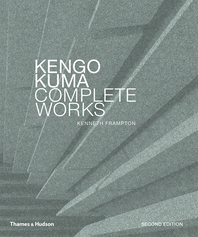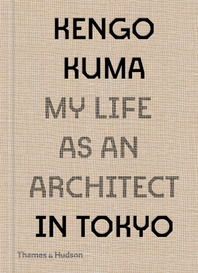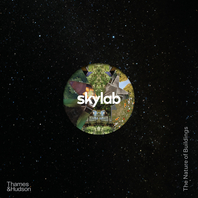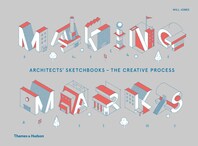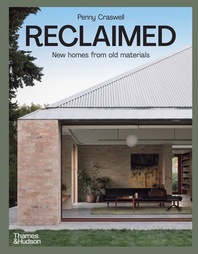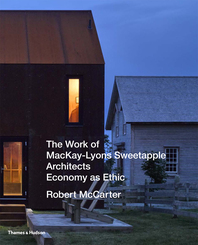Point Line Plane is architectural theory, but written as narrative, full of intriguing vignettes, such as the fact that in Ancient Rome windows were fitted with slices of marble because glass was so expensive. It's written in a very Japanese form: a series of mini essays that circle around a theme and is aimed at a highly literate audience.
Seventy-two related essays across four sections set out Kuma's rejection of the architecture of volume and mass that categorized the twentieth century in favor of a more ad hoc architecture that can be easily disassembled and, by drawing on tried and tested practices of the past, touch the earth more lightly.
Contributors
Kengo Kuma
Author
Kengo Kuma established Kengo Kuma & Associates in 1990 and went on to become professor at the Graduate School of Architecture, University of Tokyo, in 2009. He is widely known as a prolific writer and philosopher and has designed many buildings in Japan and around the world. He is also the author of several books, including Anti-Object and Kyokai: A Japanese Technique for Articulating Space.


